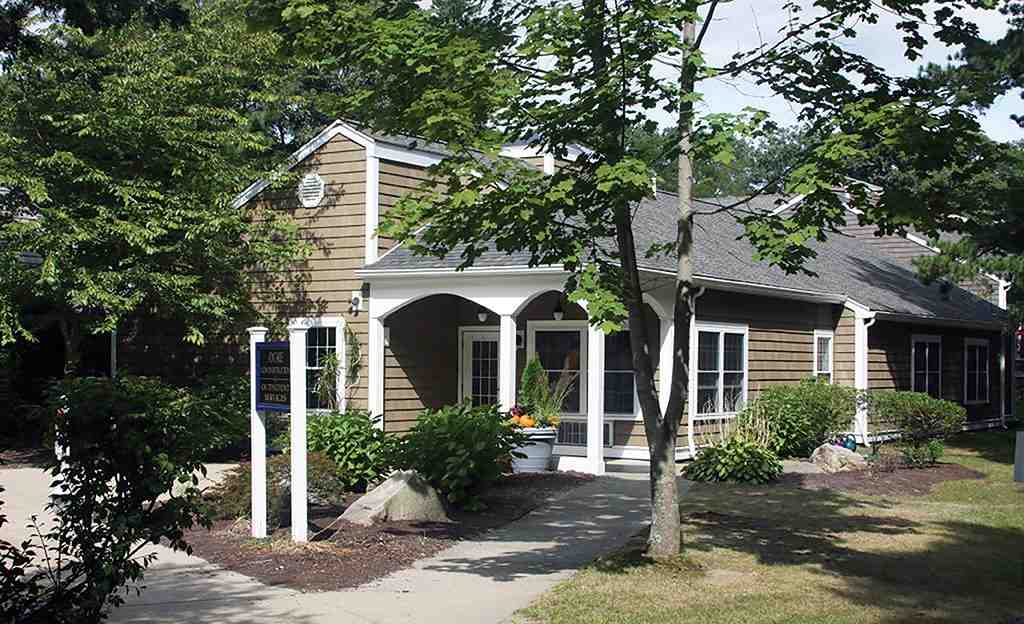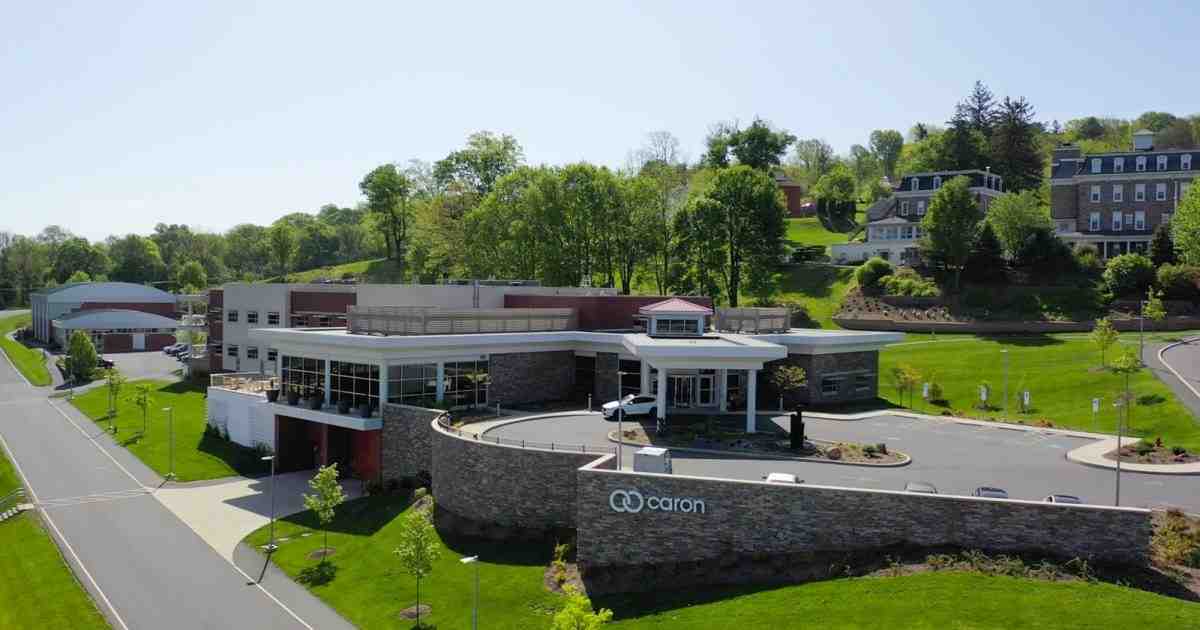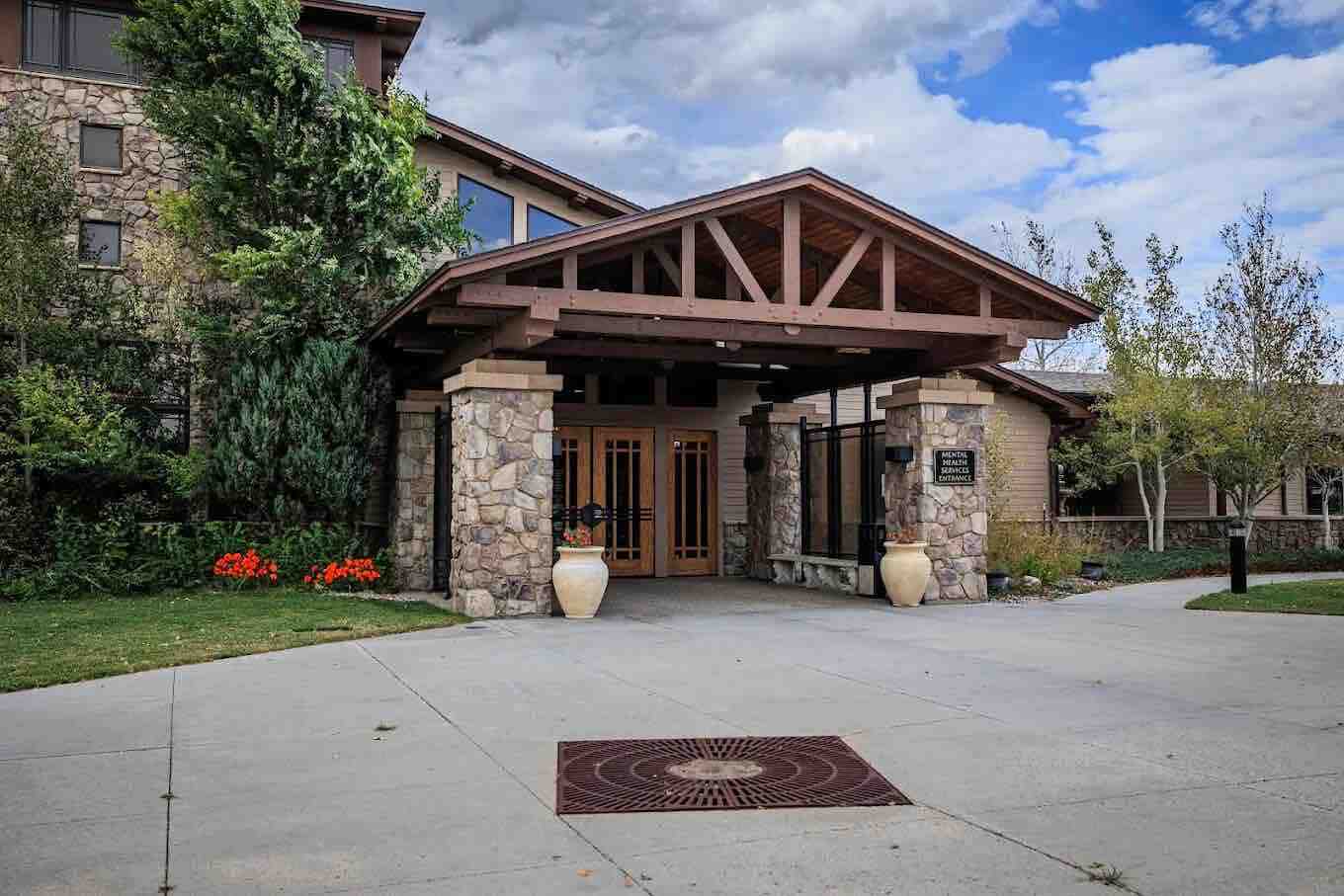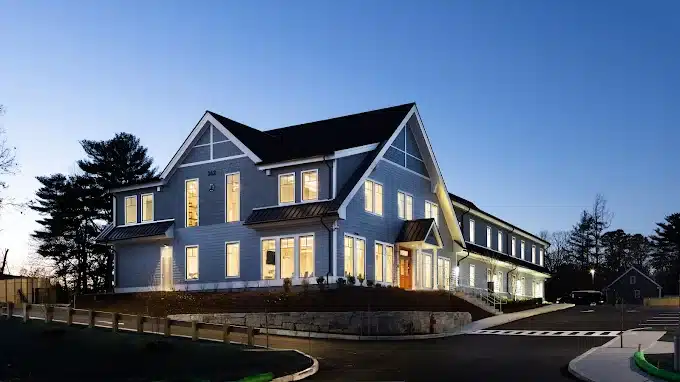
Why Finding the Right Rehab Facility Can Change Everything
How to find a good rehab facility starts with understanding five essential steps: assess your treatment needs, verify accreditation and licensing, confirm the use of evidence-based practices, check for specialized programs that match your situation, and understand your insurance coverage and payment options.
Quick Guide: 5 Steps to Finding a Good Rehab Facility
- Assess Your Needs – Determine your level of care (inpatient vs. outpatient) and identify any co-occurring mental health conditions
- Verify Quality – Look for facilities accredited by The Joint Commission or CARF with state licensing
- Check Treatment Methods – Ensure they use evidence-based practices like CBT, MI, and MAT when appropriate
- Match Your Situation – Find specialized programs for dual diagnosis, gender-specific needs, or your substance of choice
- Understand Costs – Verify insurance coverage, ask about in-network status, and explore payment options
Deciding to seek addiction treatment is a courageous first step. The next, often overwhelming, challenge is finding the right facility. With thousands of facilities across the U.S., quality varies greatly. For someone in crisis, distinguishing quality care from marketing hype can feel impossible.
The right rehab facility can make all the difference. Research shows that treatment customized to your specific needs—addressing both substance use and any mental health conditions, delivered by qualified professionals using proven methods—significantly improves your chances of long-term recovery.
This guide provides a clear, step-by-step process to help you identify quality treatment, ask the right questions, and make an informed choice for lasting recovery.
At Addiction Helpline America, we’ve helped thousands of individuals and families steer the complex process of finding a good rehab facility. Our team provides confidential, compassionate guidance 24/7 to connect you with quality treatment options nationwide.

Must-know how to find a good rehab facility terms:
Step 1: Assess Your Needs and Understand Levels of Care
To find a good rehab facility, you must first assess your unique needs. This involves an honest look at your substance use history, co-occurring mental health conditions, and recovery goals. The best treatment is personalized, not one-size-fits-all.
Professionals often use The American Society of Addiction Medicine (ASAM) Criteria to match an individual’s needs with the right level of care. This ensures a continuum of support that adapts as you progress in recovery. For more on therapeutic approaches, see our Best Counseling for Addiction Guide.
Inpatient vs. Outpatient: Which is Right for You?
One of the most fundamental decisions is choosing between inpatient and outpatient treatment. Each caters to different needs and life circumstances.
| Feature | Inpatient/Residential Rehab | Outpatient Rehab |
|---|---|---|
| Living Situation | You live at the facility with 24/7 support and supervision | You live at home and attend scheduled treatment sessions |
| Intensity | High—structured, immersive environment removed from daily triggers | Moderate—allows you to maintain work, school, or family commitments |
| Ideal Candidate | Severe addiction, unstable home environment, co-occurring mental health disorders needing intensive support, or history of relapse | Strong support system at home, stable living situation, high motivation, less severe addiction, or transitioning down from higher care levels |
| Cost | Generally higher due to round-the-clock care, accommodation, meals, and comprehensive services | Generally lower, as it doesn’t include living expenses |
Inpatient rehab (residential treatment) provides a 24/7 structured, supportive, and drug-free environment. It’s ideal for severe substance use disorders, unstable home environments, or co-occurring conditions needing intensive support. Programs typically last 30-90 days, with longer stays often recommended for better outcomes. The immersive environment can lead to higher success rates.
Partial Hospitalization Programs (PHPs) offer intensive care (6+ hours/day, 5 days/week) while you live at home, providing a balance of high-level support and flexibility.
Intensive Outpatient Programs (IOPs) are a step down, with about nine hours of therapy per week, allowing you to maintain work, school, and family life while receiving significant support.
Traditional Outpatient Programs offer the least structured care, with fewer weekly therapy hours. They are suitable for less severe cases or as a step-down from more intensive programs, requiring strong motivation and a stable home life.
For a deeper dive into these options, we recommend reading our comprehensive Inpatient vs Outpatient Rehab guide.
Starting with Medically Supervised Detox
For many, recovery begins with detoxification (detox), the process of safely clearing drugs or alcohol from the body. Depending on the substance and level of dependence, withdrawal symptoms can range from uncomfortable to life-threatening.
Medically supervised detox ensures safety and comfort during withdrawal using medication and monitoring. For substances like alcohol and benzodiazepines, unsupervised detox can be fatal. Detox can be inpatient (24/7 medical monitoring for severe withdrawal) or outpatient (for milder symptoms with a stable home environment). In either setting, medication management is key to alleviating symptoms and ensuring a smooth transition into treatment.
If you or a loved one needs detox services, exploring our Detox Programs Near Me resource can help you find immediate options in your area.
Step 2: How to Find a Good Rehab Facility and Verify Its Quality
After assessing your needs, it’s time to evaluate facilities. This requires due diligence to find a program with high standards, ethical practices, and a focus on long-term recovery. Look for qualified care and be aware of red flags indicating a focus on profit over patients.

Look for Proper Accreditation and Licensing
Accreditation and licensing are reliable indicators of quality, validating that a facility meets rigorous standards for care, safety, and ethics. Look for accreditation from reputable nonprofits like The Joint Commission or the Commission on Accreditation of Rehabilitation Facilities (CARF). Accreditation signifies a facility has passed a thorough evaluation of its patient care, safety, and management.
All facilities must also be licensed by their state, ensuring compliance with local regulations, though national accreditation often indicates even higher standards. LegitScript certification is another good sign, indicating ethical online marketing. Be wary of facilities lacking these credentials or those promoting unverifiable online rankings.
Evaluate Staff Credentials and Expertise
The quality of the staff is as important as the program. A good facility has a multidisciplinary team of professionals addressing all aspects of addiction. This team might include:
- Licensed Alcohol and Drug Counselors (LADC) or Certified Addictions Counselors (CAC)
- Medical Doctors (MD)
- Psychiatrists
- Nurses
- Psychologists and Therapists
- Nutritionists and Wellness Specialists
Ensure clinicians are licensed and specialized in treating Substance Use Disorder (SUD). Also, ask about the staff-to-patient ratio; a lower ratio often means more individual attention. For examples of facilities with strong clinical teams, explore our list of Top Addiction Centers.
Ensure the Use of Evidence-Based Practices
Effective treatment is grounded in scientific research. Evidence-based practices (EBPs) are therapies proven effective through scientific studies. Key EBPs to look for include:
- Cognitive-Behavioral Therapy (CBT): Helps change negative thought patterns and behaviors.
- Motivational Interviewing (MI): Helps individuals resolve ambivalence about behavior change.
- Dialectical Behavior Therapy (DBT): Teaches skills in mindfulness, emotional regulation, and distress tolerance.
- Contingency Management (CM): Uses positive reinforcement to encourage abstinence.
These therapies are offered in individual and group settings. A quality facility will offer a range of EBPs and tailor the plan to your needs. If you have co-occurring anxiety, our Treatment Programs: Anxiety Disorder Treatment Centers page has more information.
Step 3: Tailoring Treatment to Your Unique Situation
Effective addiction treatment must be personalized. A quality facility recognizes your individual story, challenges, and strengths to build a treatment plan around you, rather than offering a one-size-fits-all program. Specialized programs are essential, whether you need care for a co-occurring mental health condition, are considering medication, or are deciding on a location. Finding a facility that fits your specific situation is key.

Finding a Rehab for Co-Occurring Disorders (Dual Diagnosis)
Many people with a substance use disorder also have a mental health condition like depression, anxiety, or PTSD. This is called a co-occurring disorder or dual diagnosis. Treating both simultaneously is critical for recovery.
Integrated treatment, where addiction and mental health are treated together by one coordinated team, is the gold standard for dual diagnosis. A dual diagnosis facility should offer on-site psychiatric care and have therapists trained in the complex relationship between addiction and mental illness, using therapies like DBT or trauma-informed care. Neglecting one condition can derail recovery for the other. For specific conditions like bipolar disorder, see our Drug for Bipolar Disorder page for more information.
Understanding Medication-Assisted Treatment (MAT)
Medication-Assisted Treatment (MAT) is not “replacing one drug with another.” It is an evidence-based approach combining therapy with FDA-approved medications to treat substance use disorders, especially for opioids and alcohol. MAT reduces cravings and withdrawal, stabilizing the brain and body so you can fully engage in therapy. Research shows MAT improves treatment retention, reduces illicit drug use, and decreases overdose deaths.
For opioid addiction, medications like buprenorphine and methadone act on brain receptors in a controlled way. Naltrexone is effective for both opioid and alcohol use disorders by blocking euphoric effects and reducing cravings. Not all facilities offer MAT, so ask upfront. A quality rehab will discuss MAT openly and integrate it into a comprehensive plan when appropriate. To find providers, visit our resource: Find practitioners providing buprenorphine.
Does Location Matter?
Choosing between a local or out-of-state rehab is a personal decision. There’s no single right answer; it depends on what best supports your healing.
Staying local keeps you close to your support system (family and friends), which can provide stability and simplify the transition to aftercare.
Conversely, an out-of-state rehab offers a fresh start, removing you from environmental triggers like people, places, and stressors. This distance allows you to focus entirely on recovery.
Consider whether you need the comfort of home or the focus of a new environment. Both can be effective. Exploring regional options, like our Rehab Colorado Springs Ultimate Guide or Rehab New Orleans Louisiana Complete Guide, can help you decide.
Step 4: Navigating Logistics: Costs, Insurance, and Amenities
Addiction treatment is an investment in a healthier life. Navigating costs, insurance, and amenities is a crucial step in finding an effective and accessible rehab facility.

How to Find a Good Rehab Facility That’s Affordable
Cost is a major concern, but the Affordable Care Act requires many insurance plans to cover addiction treatment. However, coverage varies widely. First, verify your insurance benefits. Our Verify Insurance page can help. Confirm if a facility is “in-network” with your plan, as this usually means lower costs. Be wary of vague claims about “working with insurance.”
Medicare and Medicaid also cover addiction treatment in many states. Check Information on Medicare coverage for details.
If you face significant out-of-pocket costs, many facilities offer payment plans, financing, or sliding-scale fees. Scholarships, grants, and state-funded or free centers are also options. Explore resources like our Complete Guide Free Rehab Riverside County. The cost of long-term addiction far outweighs the cost of treatment.
Evaluating Amenities and Services
While clinical care is the top priority, amenities can improve your comfort and recovery experience. They can be a deciding factor between two otherwise similar high-quality facilities. Amenities range from private rooms and fitness centers to holistic therapies like yoga and art therapy. These can improve well-being and engagement in treatment.
Specialized services like equine therapy or programs for specific dietary needs can also be a factor. We even have a Pet Friendly Alcohol and Drug Rehab guide. Ensure the amenities support recovery and don’t overshadow the core therapeutic program.
Step 5: The Final Decision: Asking Questions and Planning for the Future
After assessing your needs, researching quality, and considering costs, the final step is to vet facilities and plan for life after treatment. A good rehab prepares you for the ongoing journey of recovery.

How to Find a Good Rehab Facility by Asking the Right Questions
When contacting facilities, use a prepared list of questions to gather consistent information for comparison. Here are key questions to ask:
- What licenses and accreditations do the facility and its staff hold?
- Does the facility use evidence-based practices? Which ones?
- How do you treat co-occurring mental health disorders?
- What specific therapies are offered (e.g., individual, group, family, CBT, DBT)?
- What is the typical program length, and is it flexible?
- How does the program measure patient progress and effectiveness?
- What is the facility’s policy on medication-assisted treatment (MAT)?
- What is included in the cost, and are there additional fees?
- What is the patient-to-counselor ratio?
- What is the protocol for handling substance use during treatment?
- Are there programs for special populations (e.g., veterans, LGBTQ+)?
- Can you provide patient rights and responsibilities in writing?
- Is my insurance in-network? What are the estimated out-of-pocket costs?
- What is the admissions process, and how soon can treatment begin?
A reputable facility will be transparent and answer your questions thoroughly.
The Importance of Aftercare and Recovery Support
Completing rehab is just the beginning. The risk of relapse is highest in the first few months, making robust aftercare and relapse prevention planning critical. A good facility will prioritize this and offer a continuum of care, including:
- Continuing care plans
- Alumni programs
- Sober living homes
- Support groups (e.g., AA/NA referrals)
- Recovery coaching
These components are vital for maintaining sobriety. To learn more, see our guide on Overcoming Addiction in 2025.
The Role of Family Involvement in Recovery
Addiction affects the entire family, so their involvement is crucial for recovery. A good rehab will offer family programs, which might include:
- Family therapy sessions
- Educational programs
- Communication skills training
Engaged family members become powerful allies, creating a supportive home environment. For more insights, read our Family Involvement in Rehab article.
Frequently Asked Questions about Finding a Rehab Facility
How do I find a reputable rehab facility for free?
Finding free or low-cost rehab is possible through state-funded programs and non-profits. Eligibility is often based on income, residency, or need. Addiction Helpline America can connect you with accessible options. Contact us for guidance or explore state-specific guides like our Free Drug Rehab Centers in Tulsa Oklahoma. Cost should not be a barrier to getting help.
What are the biggest red flags to watch out for?
Be aware of red flags that indicate an unethical or low-quality facility. The treatment field has some deceptive practices. Here’s what to watch for:
- Guarantees of a “cure” or “100% success rates”: No reputable facility can guarantee a cure for a chronic disease like addiction.
- High-pressure sales tactics: Pushing you to enroll immediately without a proper assessment.
- Vague answers about treatment, staff, or costs: Transparency is a hallmark of quality.
- Unsolicited calls or texts: Be suspicious of offers you didn’t request.
- Offers of free travel or paying for insurance: These can be signs of unethical or illegal practices.
- Lack of accreditation or state licensing: These are fundamental indicators of legitimacy.
Trust your instincts; if something feels wrong, it probably is.
How quickly can I get into a rehab program?
The time it takes to get into rehab varies. The process usually starts with a phone call for a preliminary assessment and insurance verification. Some facilities have waitlists, while others offer same-day admission, especially for urgent detox cases. Availability depends on capacity, your needs, and insurance. Our team can help you find options for Immediate Addiction Help.
Conclusion
Deciding to seek help for addiction is a courageous first step. The next is finding the right rehab facility to support your healing and give you the best chance at lasting sobriety.
As this guide has shown, finding a good rehab facility is a thoughtful process. It involves assessing your needs, verifying quality and credentials, ensuring the program fits your situation, navigating costs, and planning for aftercare. Recovery is an ongoing journey. Choosing a facility that equips you with tools and support for the long term is vital. An informed choice at the start can shape your entire recovery.
This process can feel overwhelming. Addiction Helpline America is here to help. Our mission is to provide free, confidential, and personalized guidance to connect you with the right program from our nationwide network of quality treatment centers.
We listen to your specific situation to connect you with high-quality, evidence-based care custom to your needs. Whether you need specialized care, help with insurance, or are looking for a loved one, we can help you find real hope. Recovery is possible, and it begins with making the right choice today.
Let us help you take that crucial first step. Find the right rehab for your needs today.
Our helpline is 100%
free & confidential
If you or someone you care about is struggling with drug or alcohol addiction, we can help you explore your recovery options. Don’t face this challenge alone—seek support from us.
Programs
Resources
Will my insurance
cover addiction
treatment?
We're ready to help
Find the best
drug or alcohol treatment
center
Are you or a loved one struggling with addiction? Call today to speak to a treatment expert.













